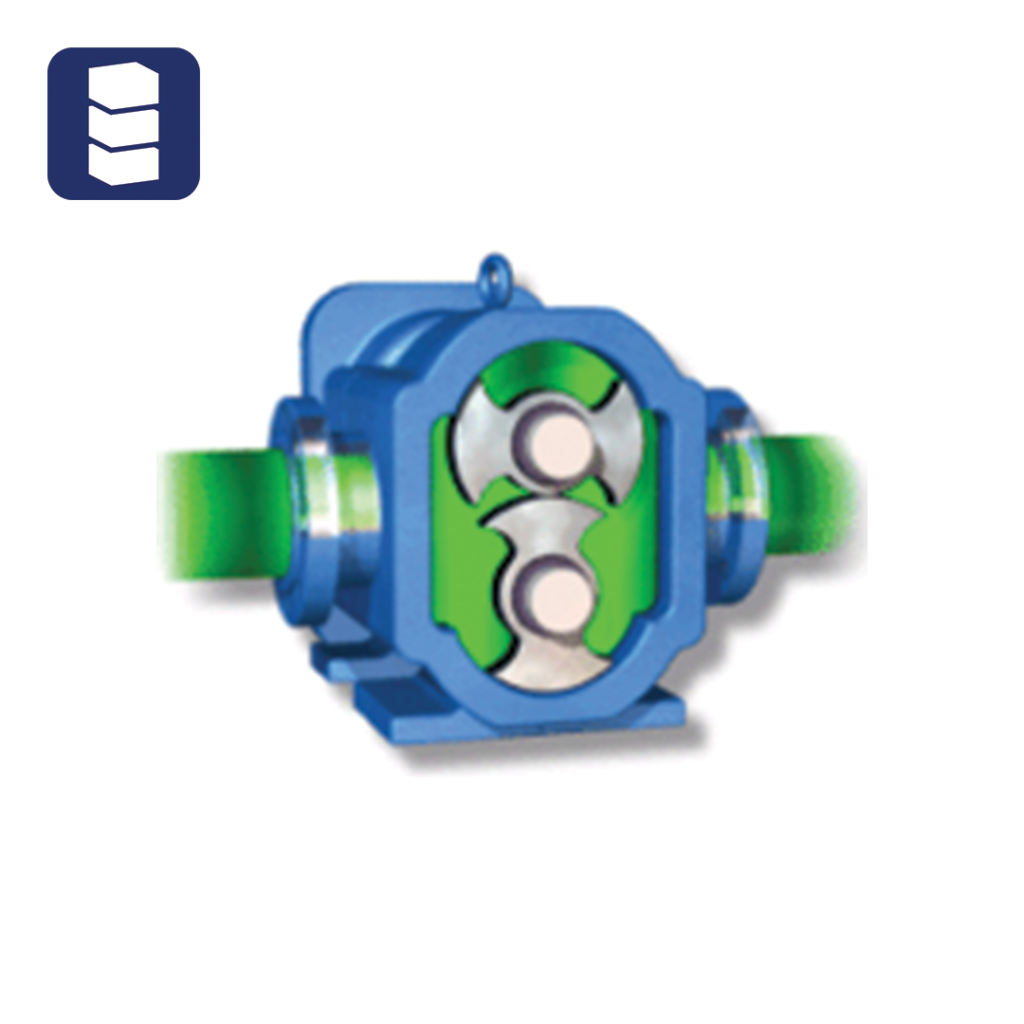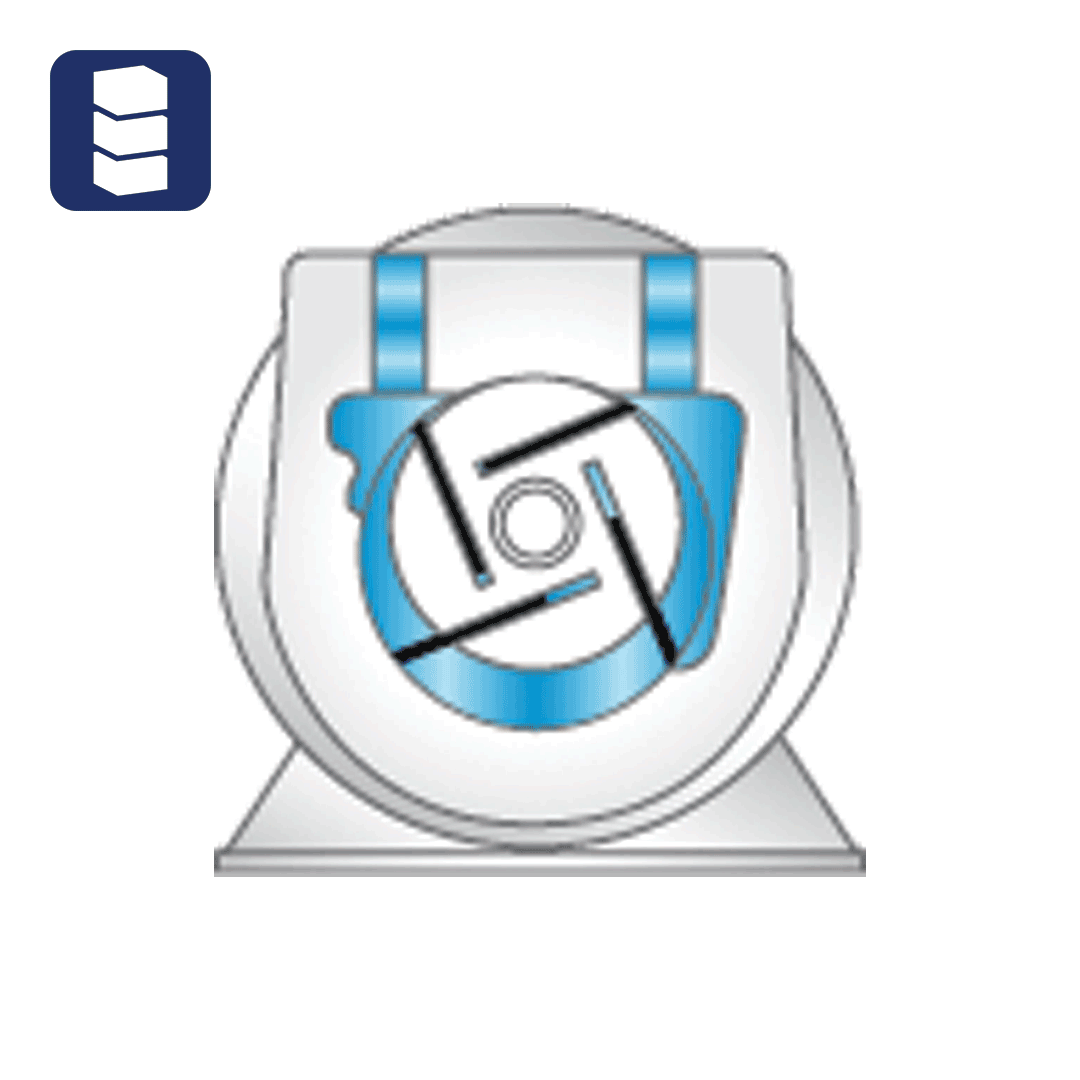Medical vacuum pumps in healthcare to provide suction used in the operating rooms, intensive care units and various other clinical uses throughout a facility. There are multiple technologies that can provide the level of suction required for these applications, NFPA 99 requires 16”Hg at the furthest outlet. Facilities should review different factors when selecting a technology for their facility, taking into account, capital costs, maintenance requirements, elevation, and if it will be used for waste anesthetic gas disposal.

TYPES OF VACUUM PUMPS FOR MEDICAL USE
ROTARY CLAW VACUUM PUMPS :
In a pump housing, two claw-shaped rotors take in air as they rotate in opposite directions. The rotors compress the air and discharge them through the silencer. The pumping chamber is dry, and the no-contact rotors eliminate internal wear and parts to replace. A gear synchronizes the rotors and requires a small amount of oil that does not come into contact with the discharge piping.
Rotary Claw Pumps have been designed with efficient technology. This technology delivers the most SCFM/HP. They require extremely low maintenance. There is one quart of seal oil that should be replaced every 6 months – 1 year depending on site conditions. Claws are also the only technology that can be run with variable speed drives (VSD). The VSD has the potential to dramatically reduce the electricity usage, the noise of the pump, and the heat output of the package. VSD should be selected regardless of the HP required to satisfy demand.
For applications of waste anesthesia gas disposal (WAGD), the Claw technology is the only technology allowed by code. If the facility is combining the WAGD with the medical vacuum line, the Claw is still the best choice in meeting code for a dual application.
Potential drawbacks to the Claw technology is it does have the highest initial capital cost. However, once a lifetime cost analysis is completed comparing the other technologies maintenance requirements and costs, it shows to be the least expensive over the life of the package. Another drawback is its limitations at elevation over 5000’ due to it being air driven. At higher elevations, a diversity factor needs to be applied to determine the actual scfm output.
Key Considerations :
- Gear Oil Replacement
- Good candidate for VFD (energy efficiency alternative)
- Vacuum Level considerations 24″Hg
- Low Maintenance
- Higher Cost of Equipment
- Noise Considerations
- WAGD evac pump if Fomblin is utilized

| Synchronizing Gear Oil | Weekly 5.000 hours/Annually | Check oil Change oil. |
| Pump Bearings 2- 8.7 hp 15 hp | Not Required 6 months | Not Required Grease B side bearings |
| Motor Coupling | Annually | Remove Motor to inspect coupling for wear. Replace as needed. |
LUBRICATED ROTARY VANE VACUUM PUMPS :

They are less expensive than Claw, but are not as efficient. Potentially requiring more HP to deliver the required scfm. They require frequent maintenance to run optimally. The oil in the chamber needs to be changed a minimum of every 3,000 hours but could be more frequently depending on site conditions. In an average healthcare facility that is often once a quarter and is several quarts of oil. This often makes their life cycle cost higher than the claw after just one year.
Lubricated Rotary Vane Vacuum pumps are not recommended for applications where anesthetizing gases exceed 23% of total vacuum. They are a good solution where the application is over 5000’ elevation as it is not affected.
OIL-LESS ROTARY VANE PUMPS :

Oil-less rotary Vane Vacuum pumps are not recommended for applications where anesthetizing gases exceed 23% of total vacuum. They are also not recommended at applications over 5000’ elevation.
Selecting The Best Technology For Your Facility
When selecting a new vacuum system for your facility, you want to compare all technologies to ensure you choose the technology best suited for your requirements. Implementing the proper vacuum system for your healthcare facility is crucial for maintaining optimal performance, profitability, and, most importantly, the safety of your patients and staff.
At Pattons Medical, our team has over 400 years of combined experience. Our medical gas consultants can assist early on in the project and provide their expertise to ensure your vacuum system is designed and installed in accordance with NFPA 99 code while remaining within your budget. Pattons Medical manufactures lubricated vane, dry vane, and rotary claw vacuum systems in Charlotte, North Carolina. Pattons Medical products meet or exceed NFPA 99 and CSA Standards and are UL approved. One of our many strengths is our capability to work with our engineers to develop special packages to help meet particular application or specifications.




